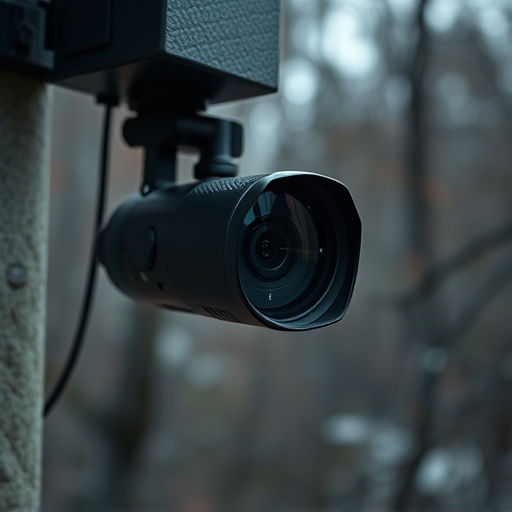Discreetly hide nanny cams in natural areas like behind pictures or under furniture for optimal surveillance while respecting privacy laws. Strategically place cameras outside sensitive areas like bathrooms and bedrooms, maintaining transparency to avoid legal issues. Integrate cameras into everyday items for creative, aesthetic hiding spots that capture missed areas, addressing ethical concerns.
Uncover the art of wireless surveillance with our expert tips on location detection. In today’s world, ensuring privacy and security is paramount, especially when monitoring sensitive spaces like homes or workplaces. This article guides you through the process, offering insights into discreet placement strategies for optimal coverage. We’ll explore legal considerations regarding hidden camera usage and reveal common hiding spots that offer unobtrusive yet effective solutions. Discover where to strategically place nanny cams for maximum effectiveness while respecting privacy laws.
- Discreet Placement for Optimal Coverage
- Understanding Hidden Camera Laws
- Common Hiding Spots: Unobtrusive Choices
Discreet Placement for Optimal Coverage
When it comes to wireless surveillance equipment, discreet placement is key for achieving optimal coverage. One effective strategy is to hide nanny cams in areas that are naturally hidden or overlooked, such as behind pictures on walls, inside fake electrical outlets, or under furniture. These strategic locations allow for unobtrusive monitoring while maintaining the equipment’s effectiveness.
Furthermore, consider the line of sight between the camera and the area you want to surveil. While wireless technology offers flexibility, direct visibility often enhances video quality. Avoid placing cameras in areas where they might be easily blocked by furniture or decorations, as this could hinder their ability to capture clear images or videos.
Understanding Hidden Camera Laws
In many regions, the placement and use of hidden surveillance equipment, like nanny cams, are governed by strict laws designed to protect privacy rights. Understanding these laws is crucial before you consider where to hide nanny cams. It’s important to note that cameras placed in common areas or areas with visible indicators, such as security signs, generally fall under different regulations compared to hidden devices.
When setting up surveillance, focus on placement strategies that respect privacy laws. For instance, avoid hiding cameras in places like bathrooms or bedrooms where individuals have a reasonable expectation of privacy. Instead, consider strategic locations outside of these areas, such as hallways, living rooms, or common areas visible from the exterior of the property. Remember, even with hidden cameras, transparency and consent can be key to ensuring your surveillance efforts remain legal and ethical.
Common Hiding Spots: Unobtrusive Choices
Surveillance equipment, like nanny cams, often raises concerns about privacy and ethical boundaries. However, their placement can be as subtle as choosing the right hiding spots. While it’s essential to maintain a discreet setup, certain areas within a home or office offer more unobtrusive choices for nanny cam placement. For instance, mounting cameras behind pictures or mirrors, inside decorative items like lamps or plant pots, and behind electronics like TVs or speakers can provide a less obvious vantage point.
These common hiding spots not only blend seamlessly with the environment but also capture areas that are often overlooked. Where to hide nanny cams is a question that requires both creativity and strategic thinking. Leveraging these everyday objects allows for discreet surveillance without compromising aesthetics, ensuring peace of mind while maintaining privacy standards.
When it comes to wireless surveillance equipment, especially nanny cams, proper placement is key. By understanding hidden camera laws and choosing discreet spots, you can ensure optimal coverage while respecting privacy. Remember, knowing where to hide nanny cams involves a balance between security and legal considerations, allowing you to make informed decisions for enhanced monitoring without infringing on personal space.
